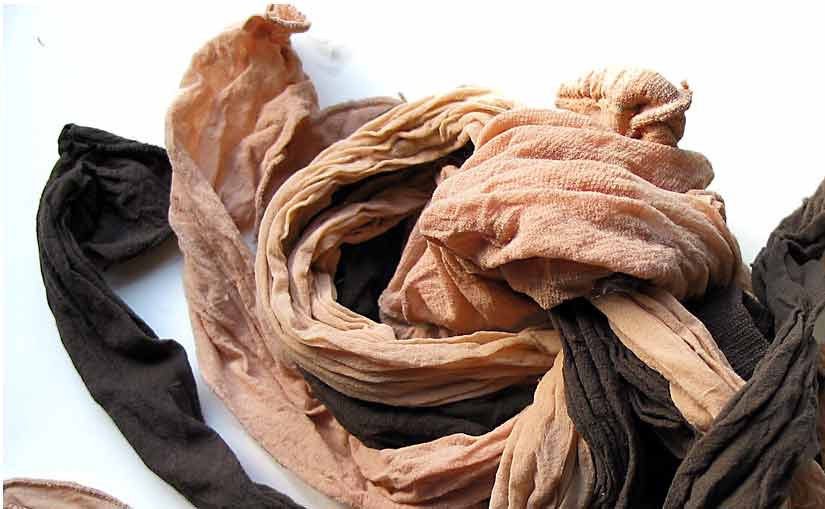In this article we will cover how salt can wreak havoc in a cesspit. Are you a dedicated and responsible homeowner? Having your own property to take care of heightens your level of awareness when it comes to every single one of its components. Being fully aware of the what’s going on in your property allows you to address any problem immediately. A common area to concentrate on is your cesspit. A cesspit is a traditional means to treat wastewater. Just like your modern septic system, your cesspit receives and contains the wastewater that your household produced every single day. Inside the cesspit are anaerobic bacteria that break down solid waste materials. They pre-treat the wastewater, turning it into a clear effluent that passes through the perforations along the cesspit’s sides. It’s important for the effluent to be rid of solid particulates so that clogging can be prevented. Clogging is also caused by invasive root systems, soil compaction, and irresponsible waste disposal. If clogging is not corrected immediately, cesspit failure is inevitable. When this happens, it will cost you thousands of dollars worth of repairs. It might even lead to acquiring a new wastewater treatment system. You should always use your drains and toilets responsibly to help keep your cesspit healthy. Another cause of cesspit clogging is the accumulation of salt.
Hard water is the reason why salt could dominate your cesspit. Hard water has calcium and magnesium ions that prevent your detergents from lathering up. That is why your repeat your washes. This makes you use more water and soap. You also spend more effort and time. It definitely affects your budget because of buying more soap and paying more expensive water bills. Using more water means that you add more water load in the cesspit. It stirs up the solid waste particles. The bacteria cannot breakdown the particles at a normal pace anymore. The particulates just float in the cesspit until they are pushed in the surrounding soil absorption system. Clogging then ensues. Hard water also transforms the detergent into sticky, slimy scum that clogs drains. Salt enters the picture because you have to use water softeners to counter hard water effects.
Water softeners have sodium carbonate or salt ions and beads that attract the calcium and magnesium ions. The beads are then flushed out of the water supply system. The salt ions are then left in the water. The water is then softened. Softened water is easier to use. It saves you more time, effort, and money. When you use water softeners, you add more salt into your cesspit. You should know how salt can wreak havoc in a cesspit. Salt is a known preservative that gets rid of bacteria so that organic substances could last longer. If you allow salt to build up into your cesspit, you kill off both aerobic and anaerobic bacteria. No wastewater treatment process will take place anymore. The salt in the wastewater pulls out the fluids from the bacteria, killing them off. You should make sure that you use your drains and toilets properly so that you could help your cesspit run efficiently despite water softeners.
You should stop using harsh soaps because these kill off bacteria. If you opt for eco-friendly detergents, you lessen the possibility of killing more bacteria. Also, have your cesspit inspected regularly so that any damaged parts could easily be replaced or repaired. Regular pump out schedules must always be kept so that any remaining particles of salt could be removed on a regular basis. Always cleaning up the cesspit refreshes and resets it. Talking to your septic expert about your hard water crisis will also help because of the helpful additives that could help your cesspit function normally despite water softeners. With enough knowledge and guidance, you won’t have to let your cesspit deteriorate to be replaced with a new septic system. Your present cesspit will last for decades once proper maintenance and care are provided during a hard water crisis.

